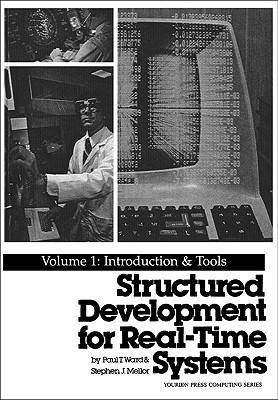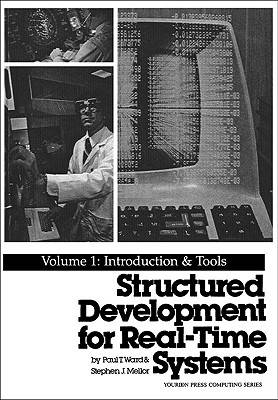
- Retrait gratuit dans votre magasin Club
- 7.000.000 titres dans notre catalogue
- Payer en toute sécurité
- Toujours un magasin près de chez vous
- Retrait gratuit dans votre magasin Club
- 7.000.0000 titres dans notre catalogue
- Payer en toute sécurité
- Toujours un magasin près de chez vous
76,45 €
+ 152 points
Description
Real-time and embedded systems are in widespread use in the modern world. From the microprocessor controller in a camera, through "smart" traffic lights and production control systems, to large defense systems, computer technology is increasingly a part of systems that control and respond to their environments in real-time. As the technology has improved, we have come to rely on these systems more and more --- we have even put our lives in their hands. Airplanes, biomedical accelerators, nuclear power plants, and the like all depend on real-time control to operate safely. A failure in a control system, such as not responding correctly to faults in the environment, could endanger many lives. Unfortunately, there is a tendency for developers to focuse too heavily on the intrcacies of the engineering and computer technology, to the detriment of understanding the real-world problem at hand. At best, this wastes time and resouces and at worst it is dangerous in light of the life-critical nature of today's systems. This misplaced focus can result at least partly from the lack of a comprehensive set of modeling tools and techniques fitted to the real-time development environment. This book provides the tools and techniques needed for visualizing and verifying the operation of a real-time system prior to construction, and demonstrates their usefulness.
Spécifications
Parties prenantes
- Auteur(s) :
- Editeur:
Contenu
- Nombre de pages :
- 176
- Langue:
- Anglais
- Collection :
- Tome:
- n° 1
Caractéristiques
- EAN:
- 9780138547875
- Date de parution :
- 04-06-86
- Format:
- Livre broché
- Format numérique:
- Trade paperback (VS)
- Dimensions :
- 178 mm x 253 mm
- Poids :
- 317 g

Les avis
Nous publions uniquement les avis qui respectent les conditions requises. Consultez nos conditions pour les avis.






